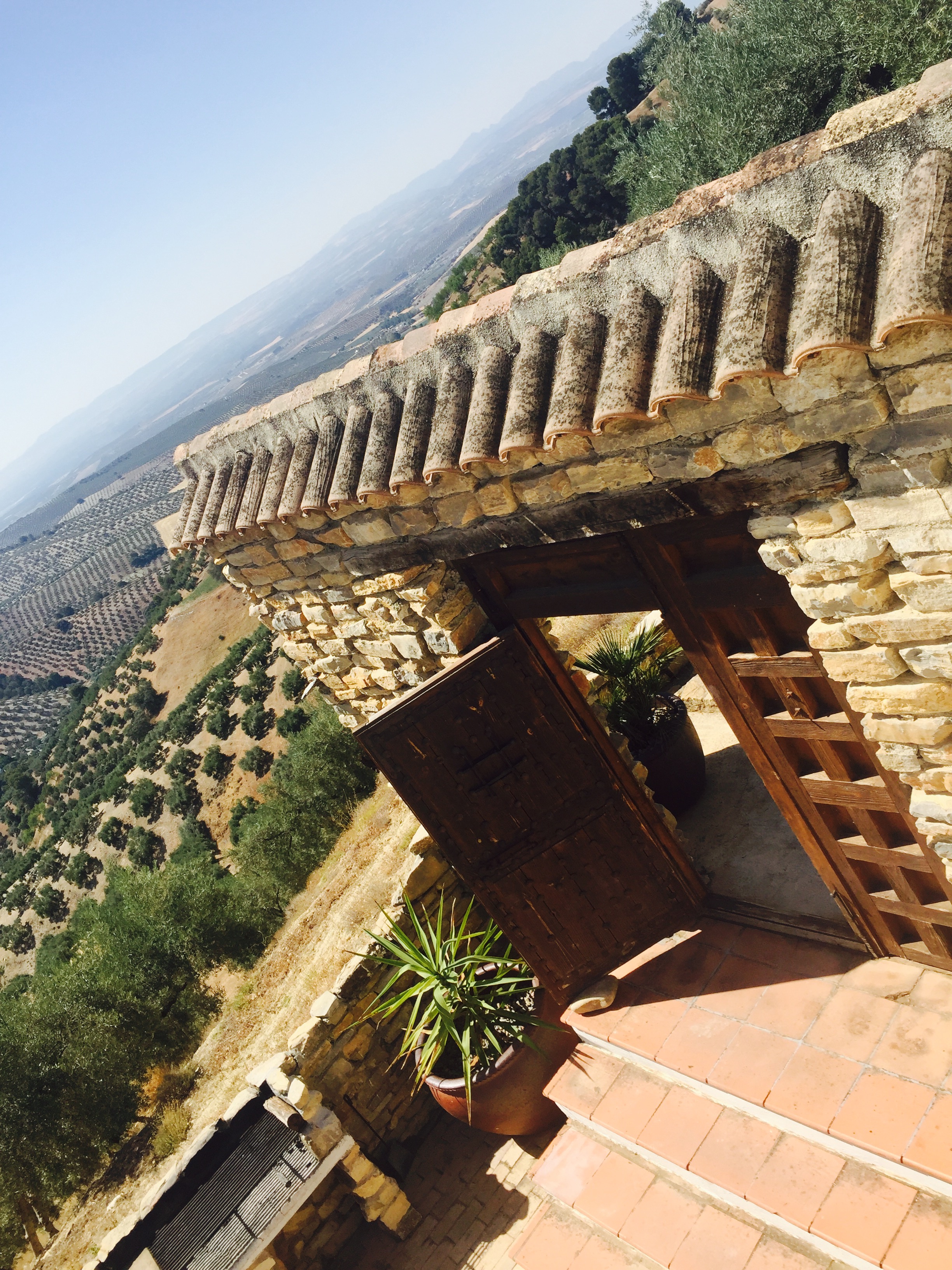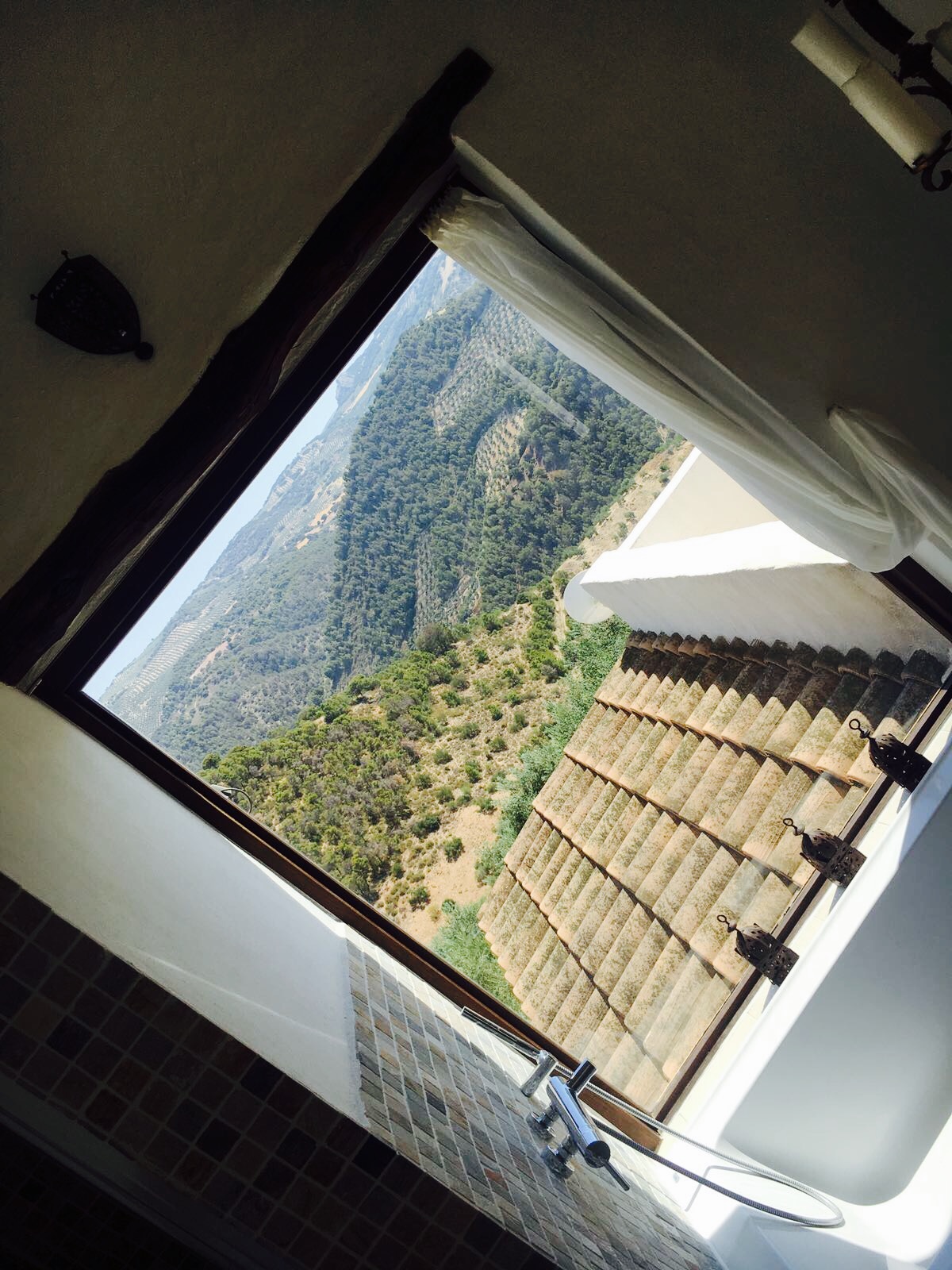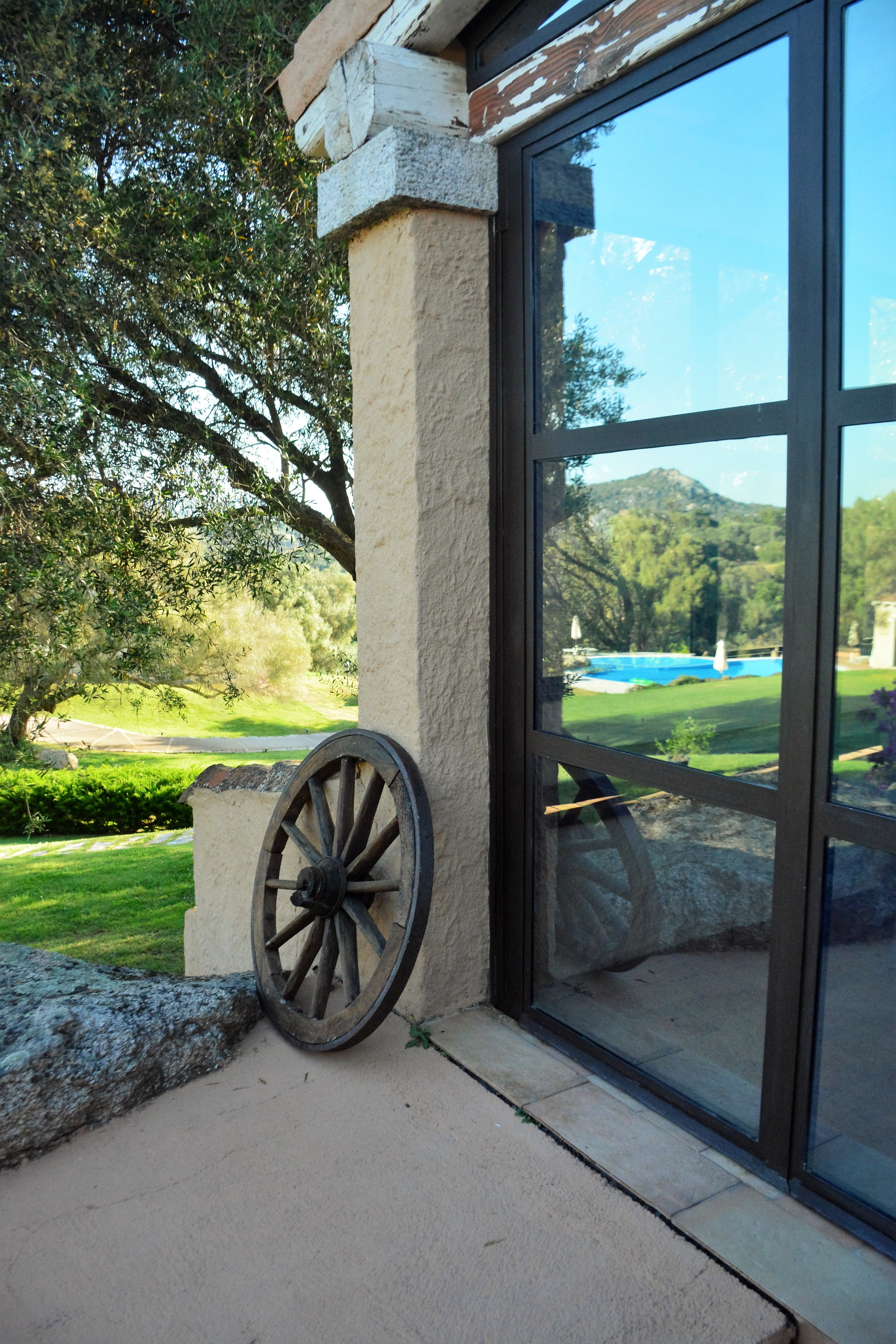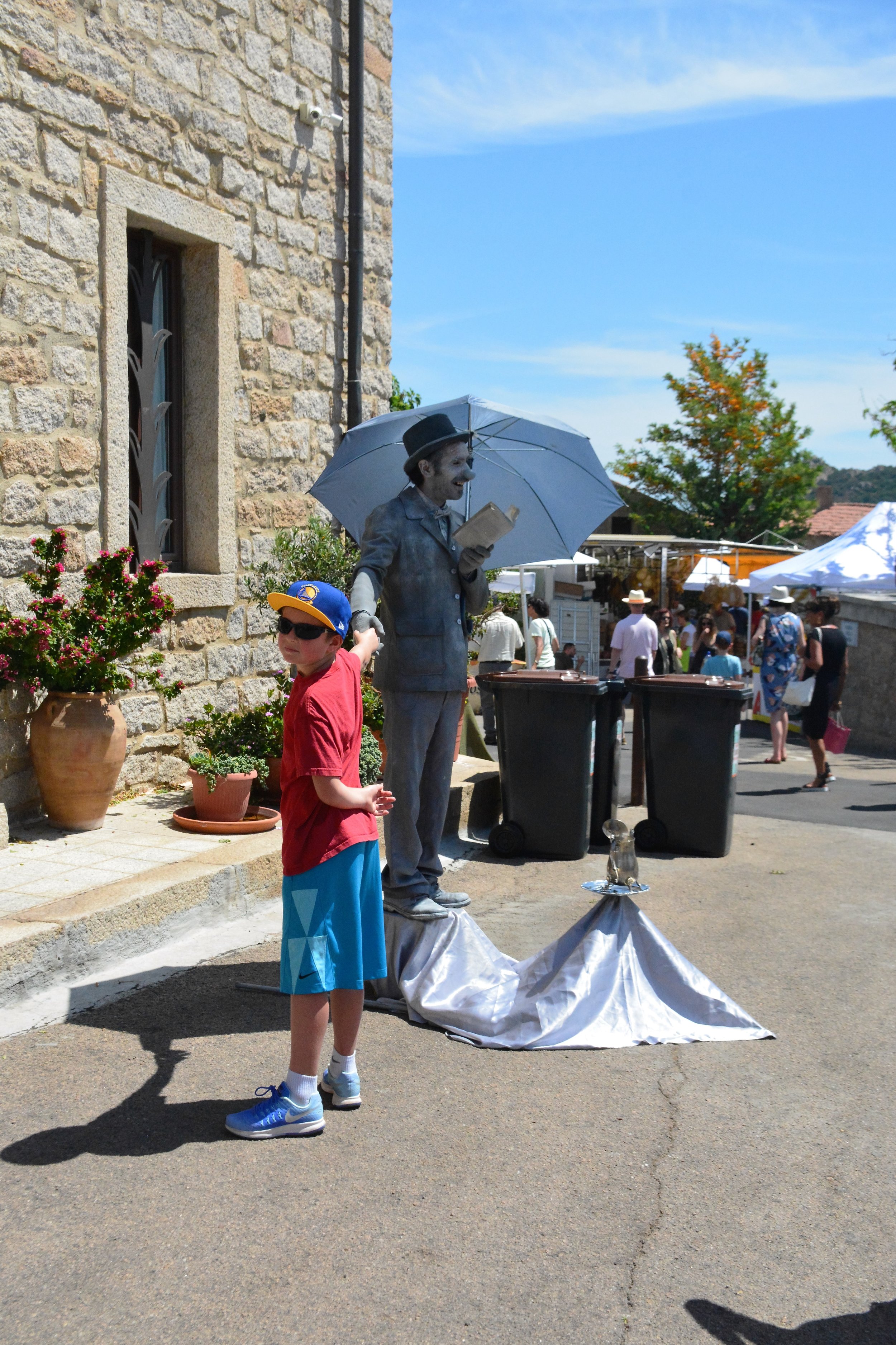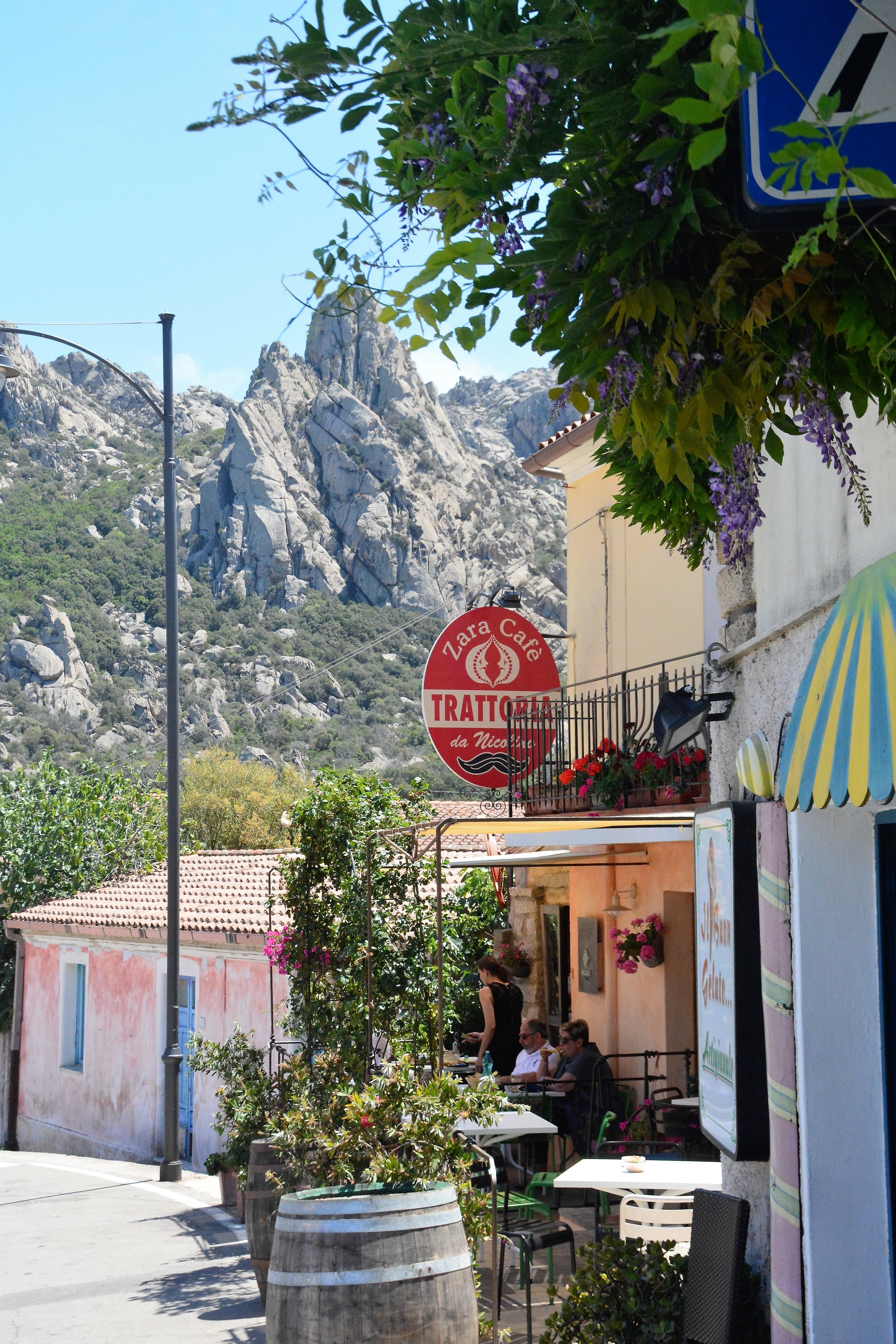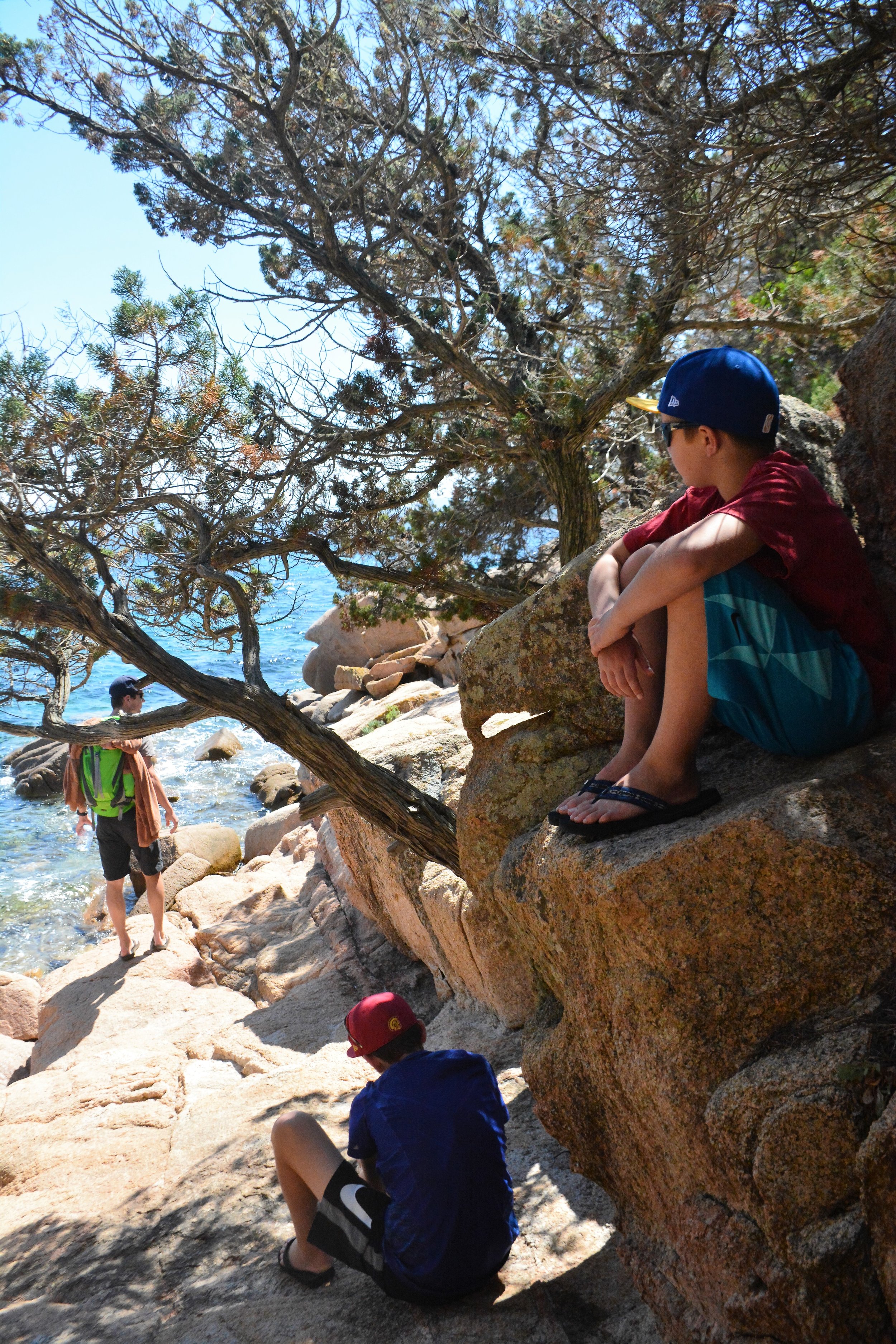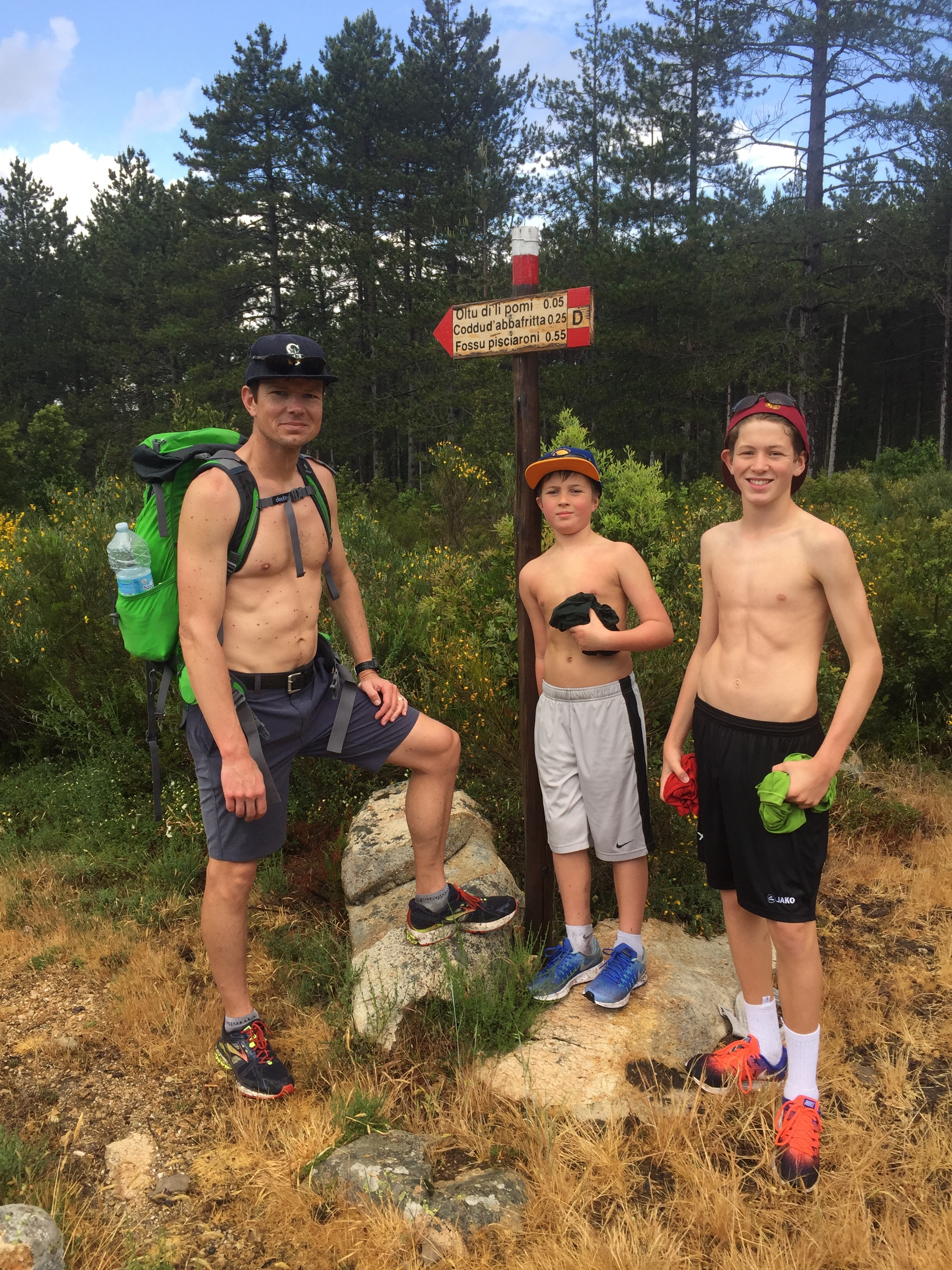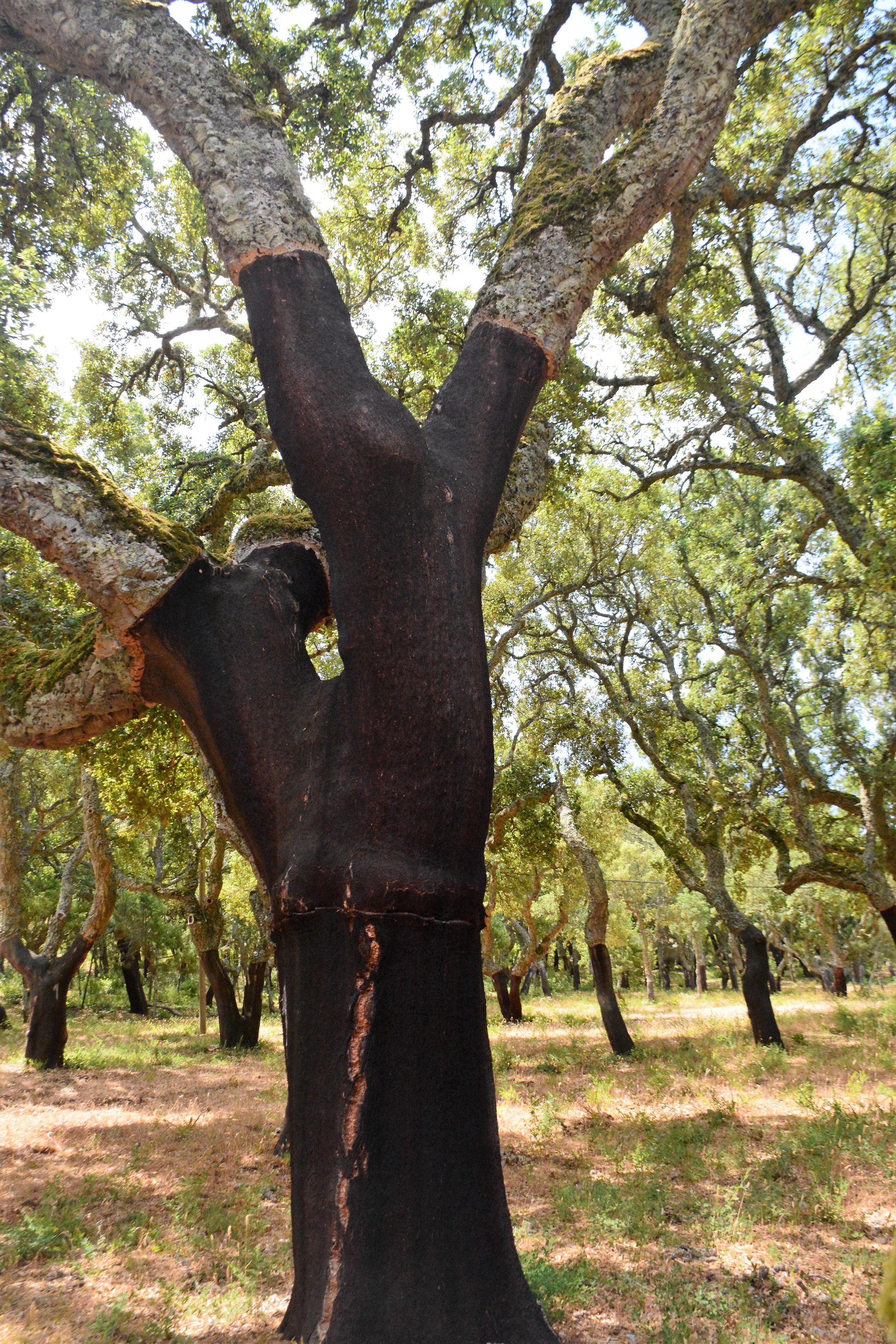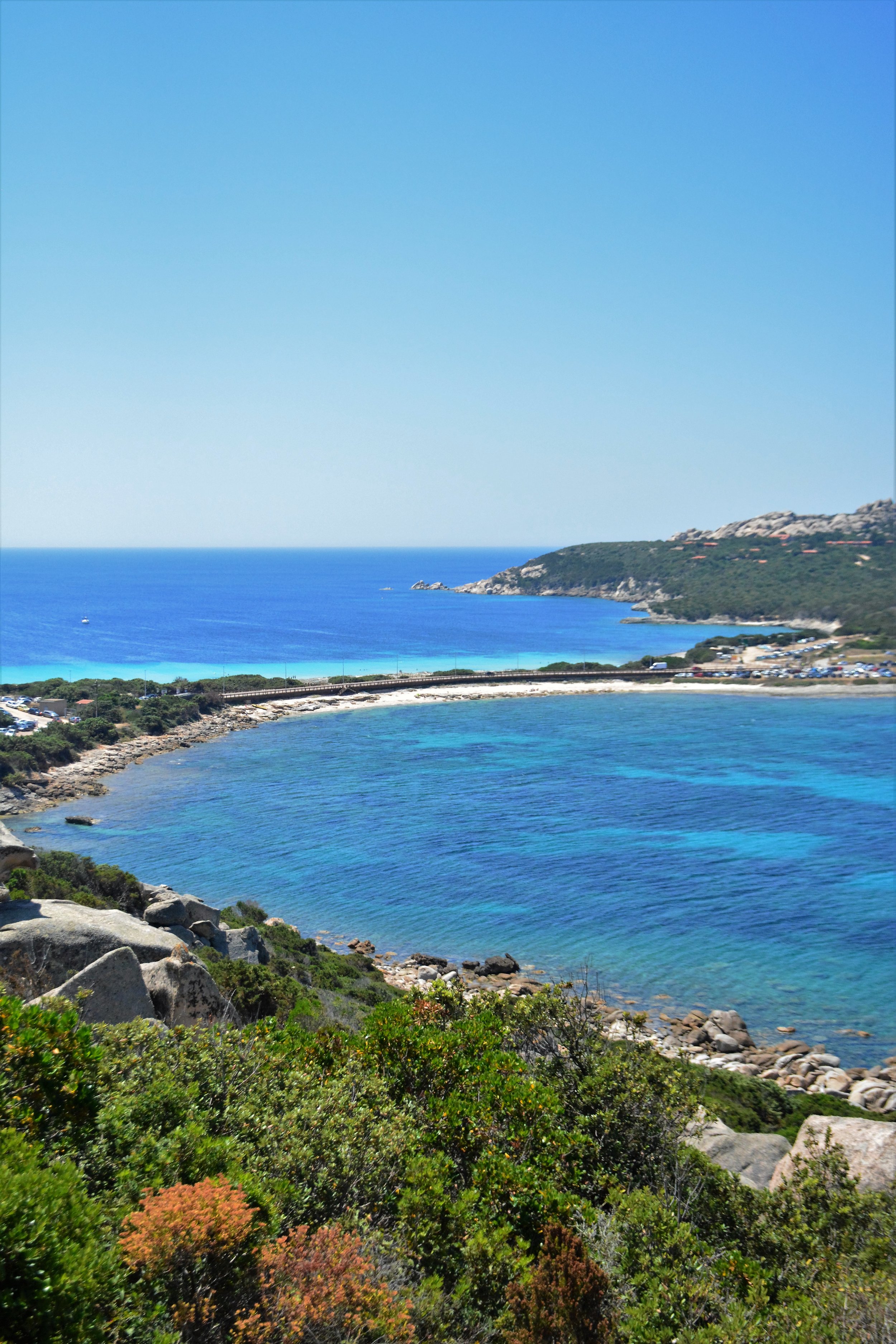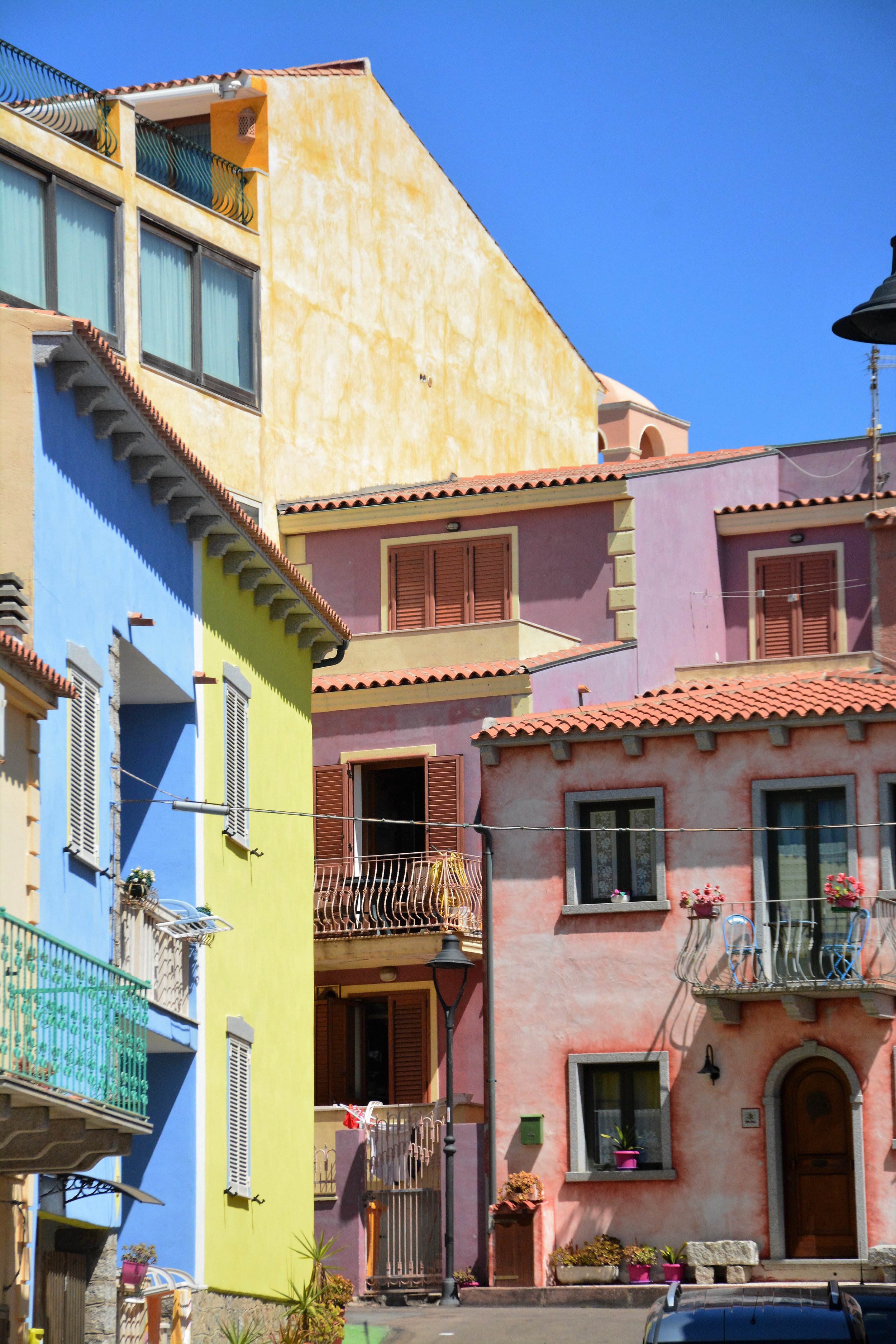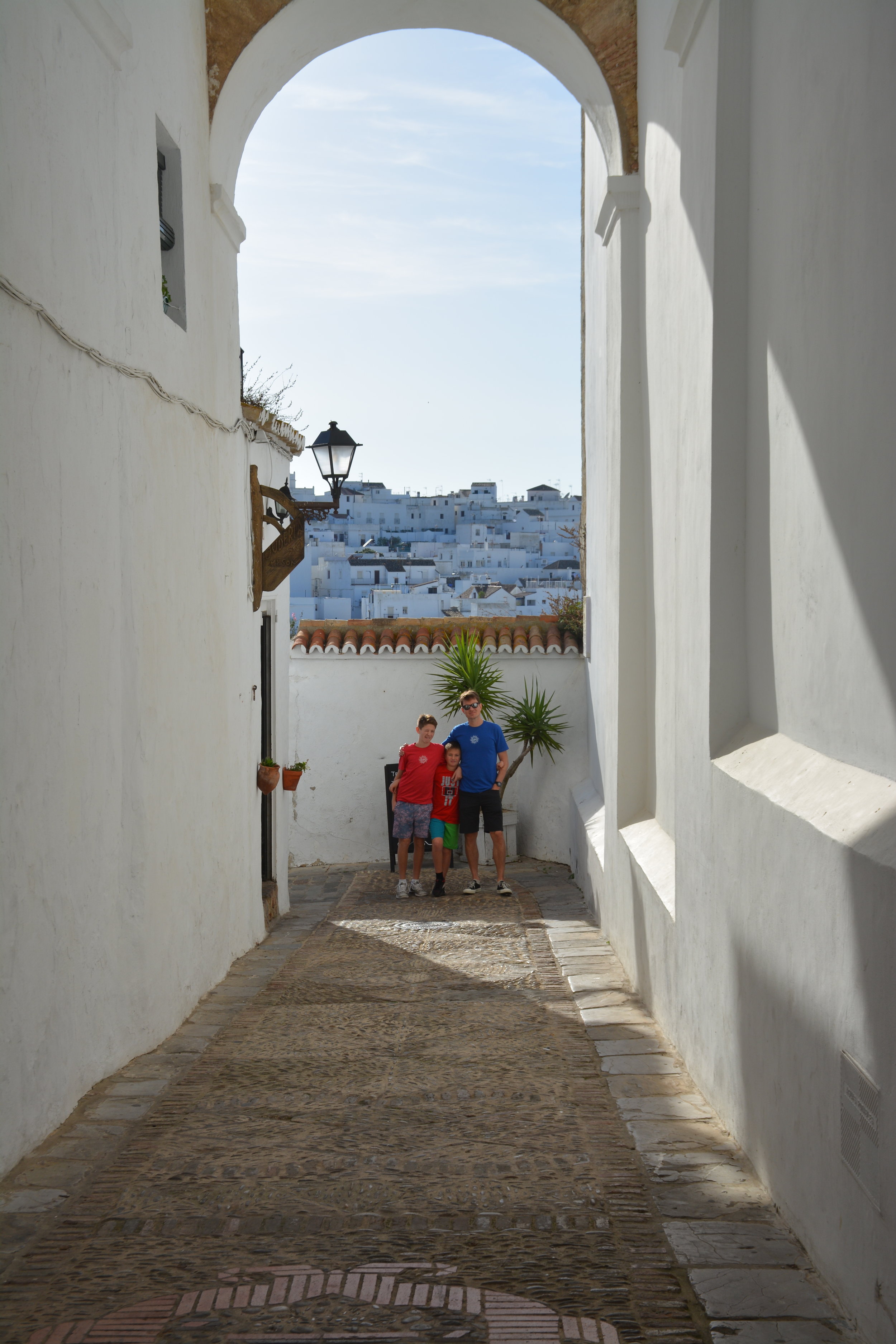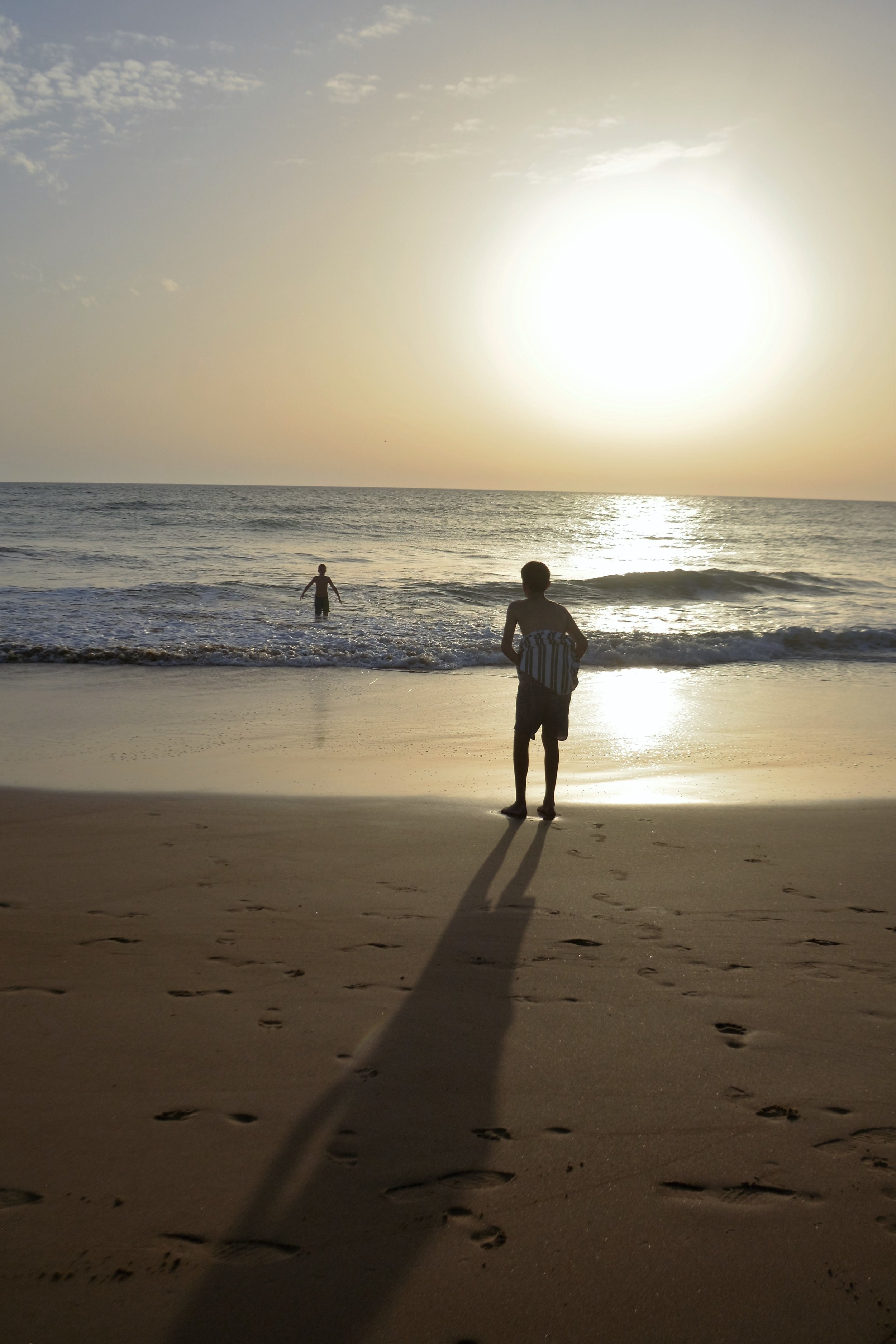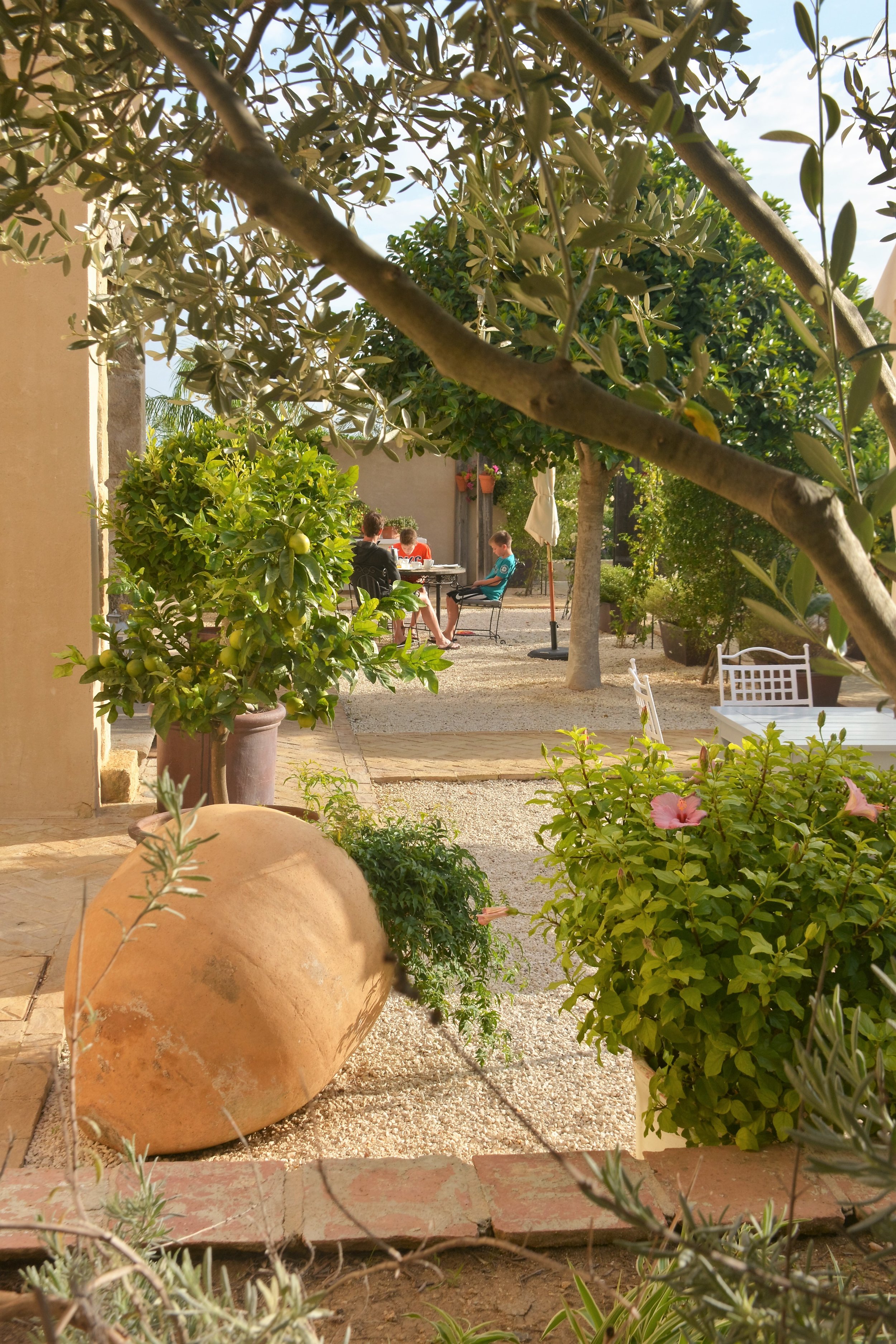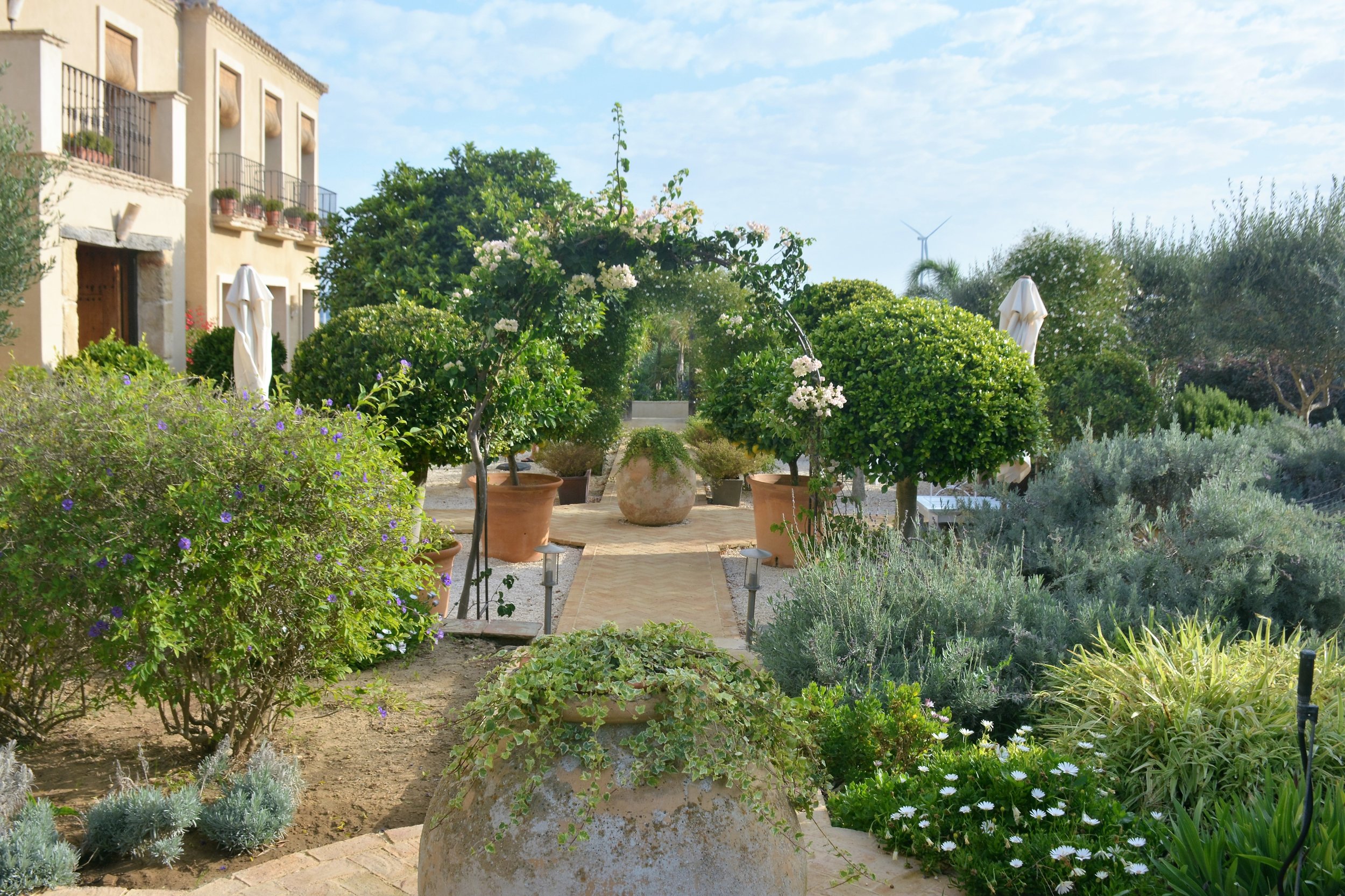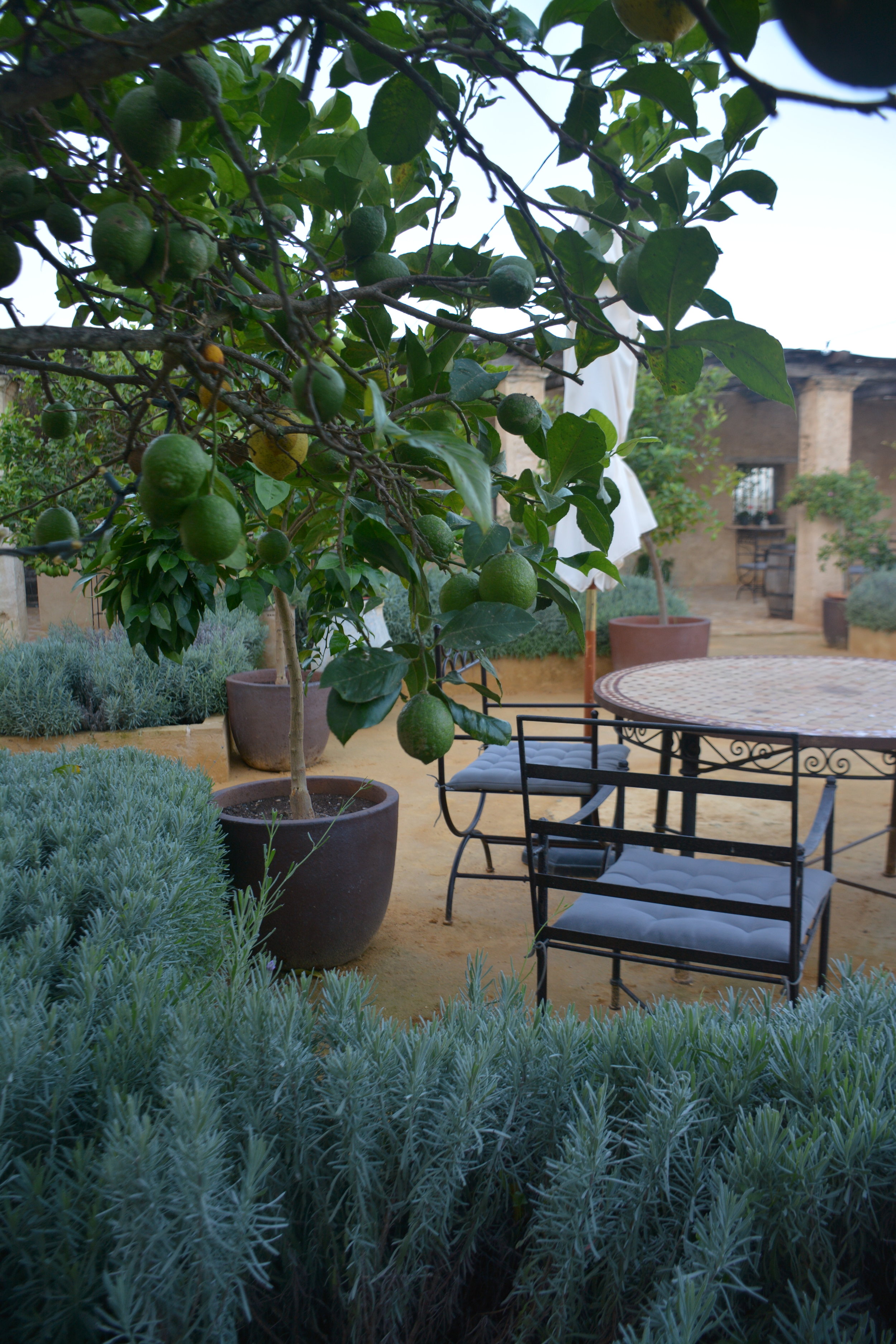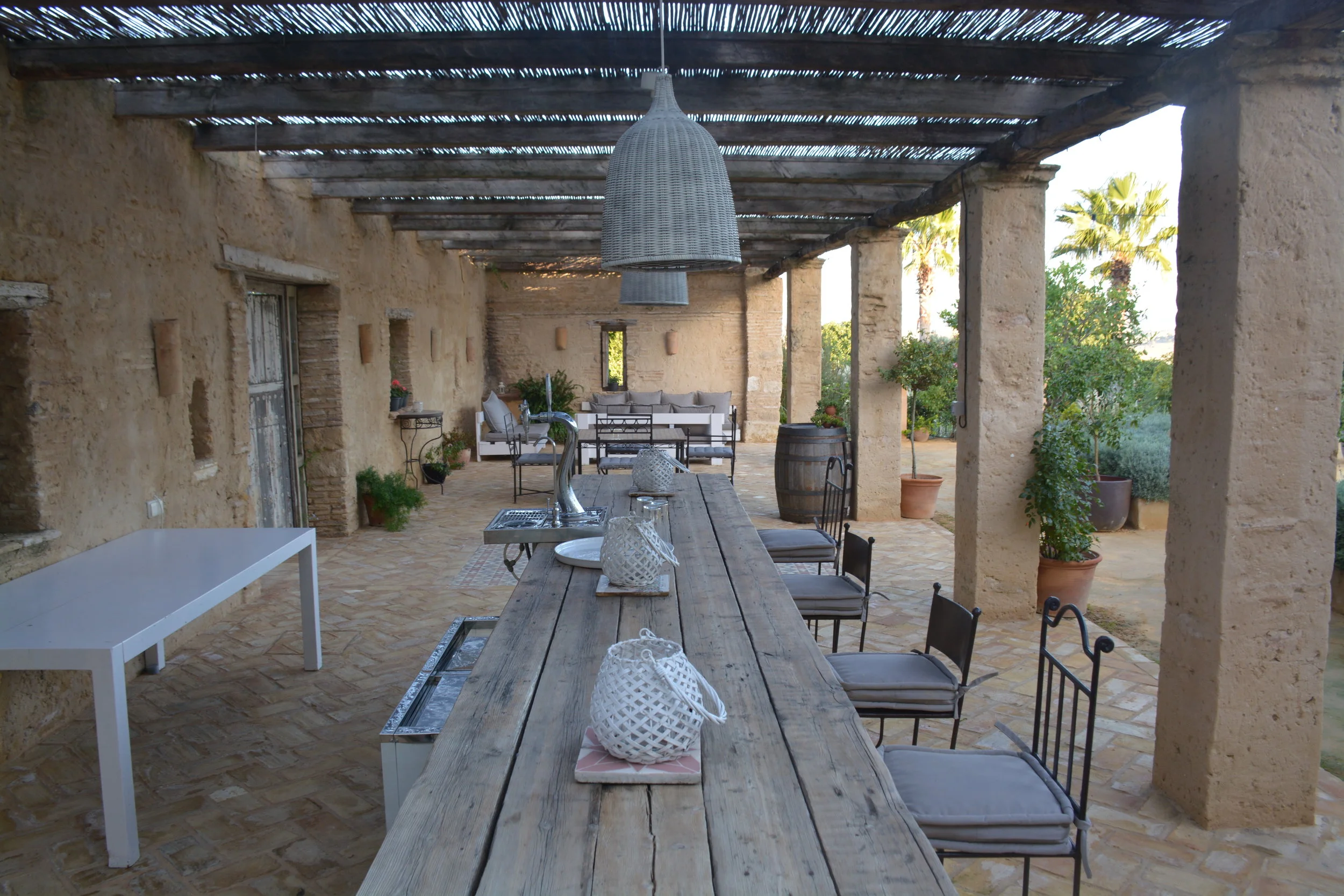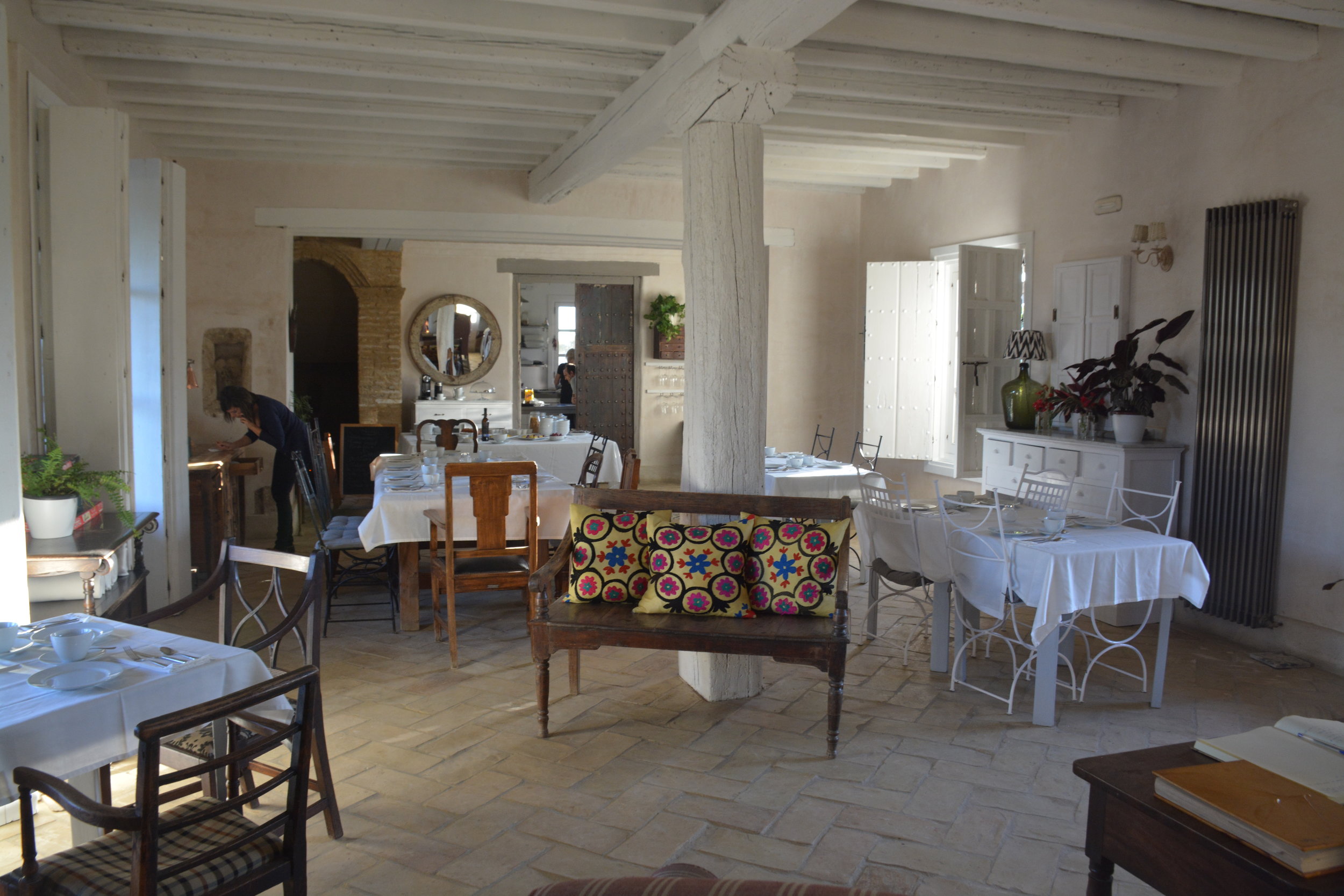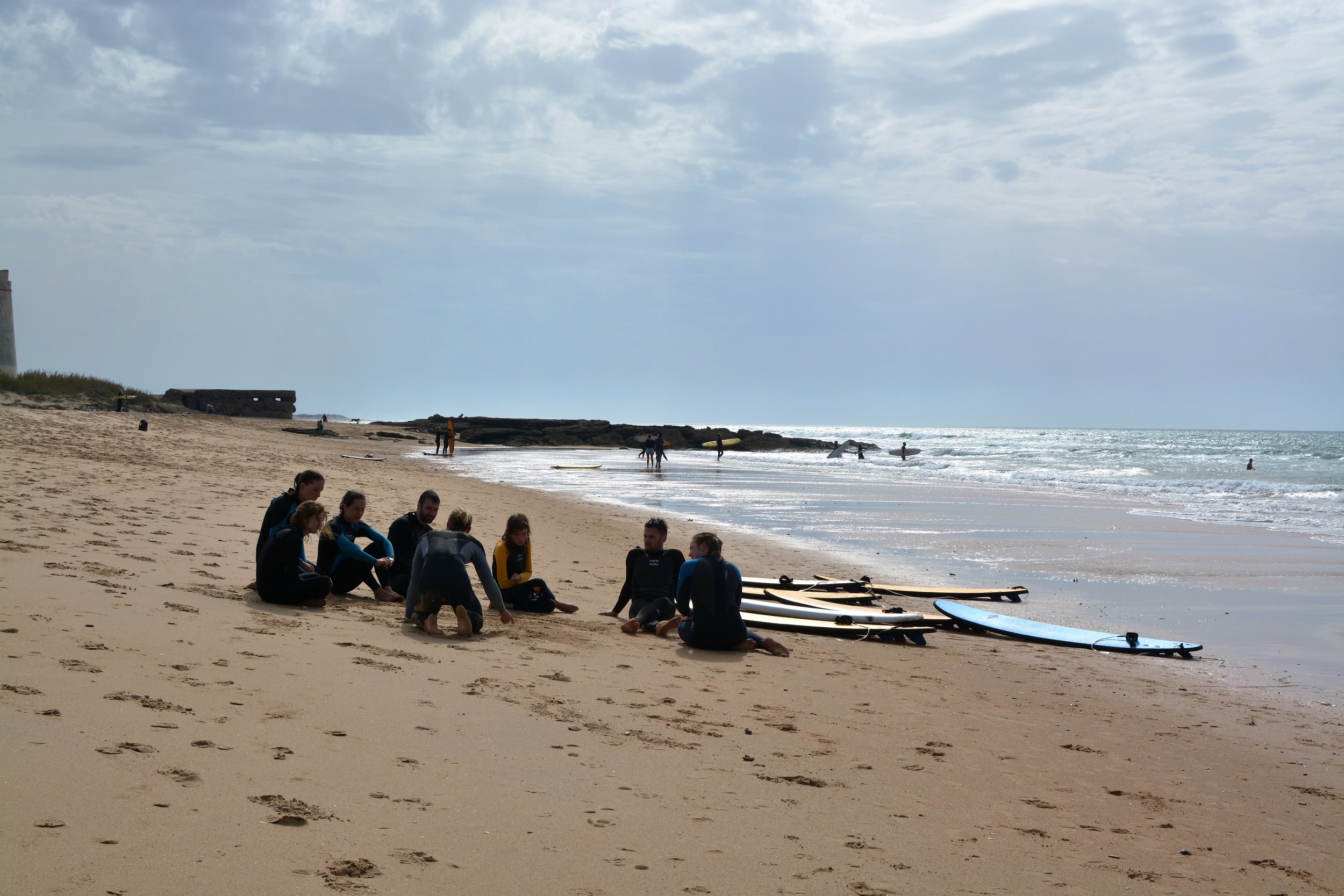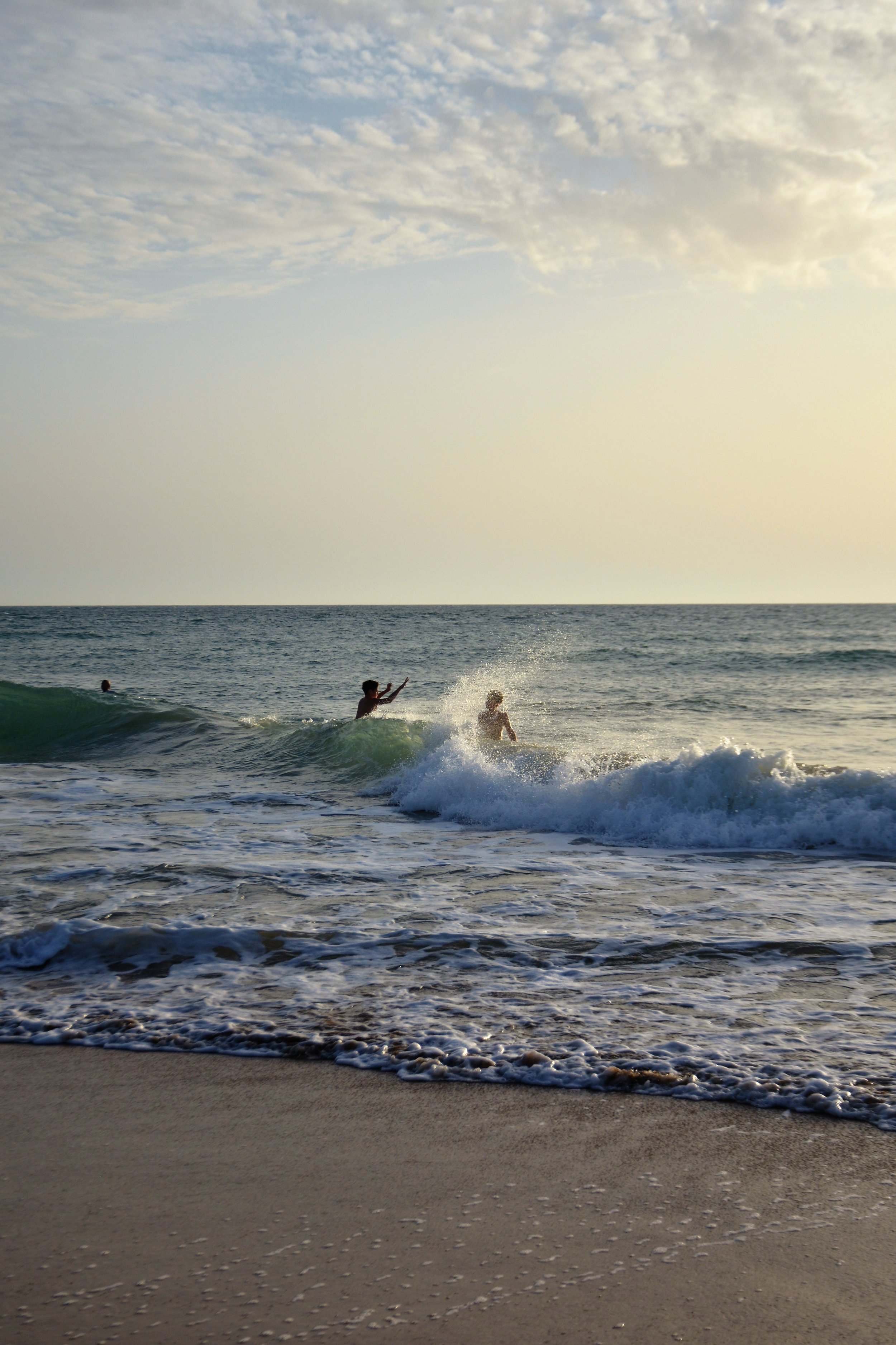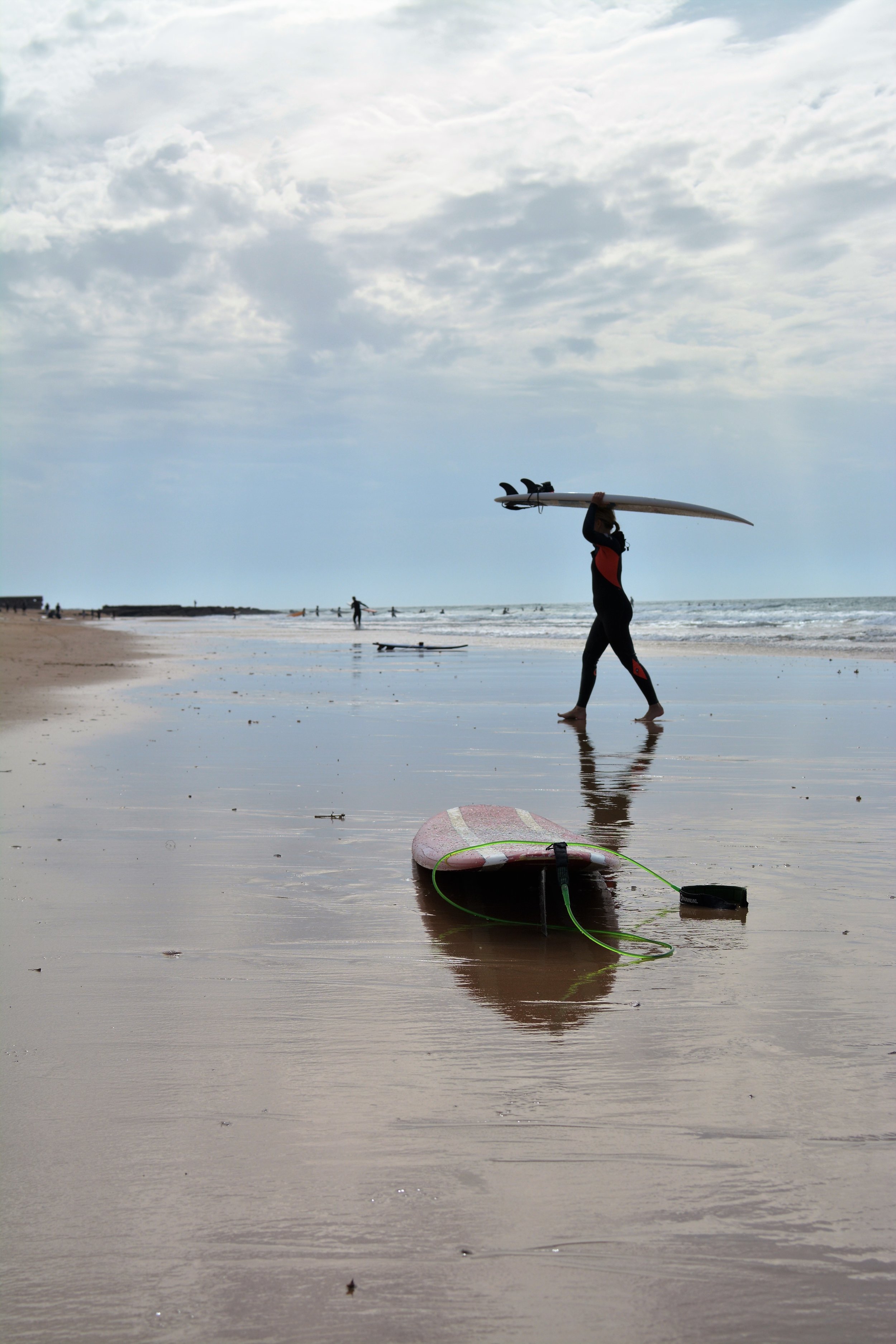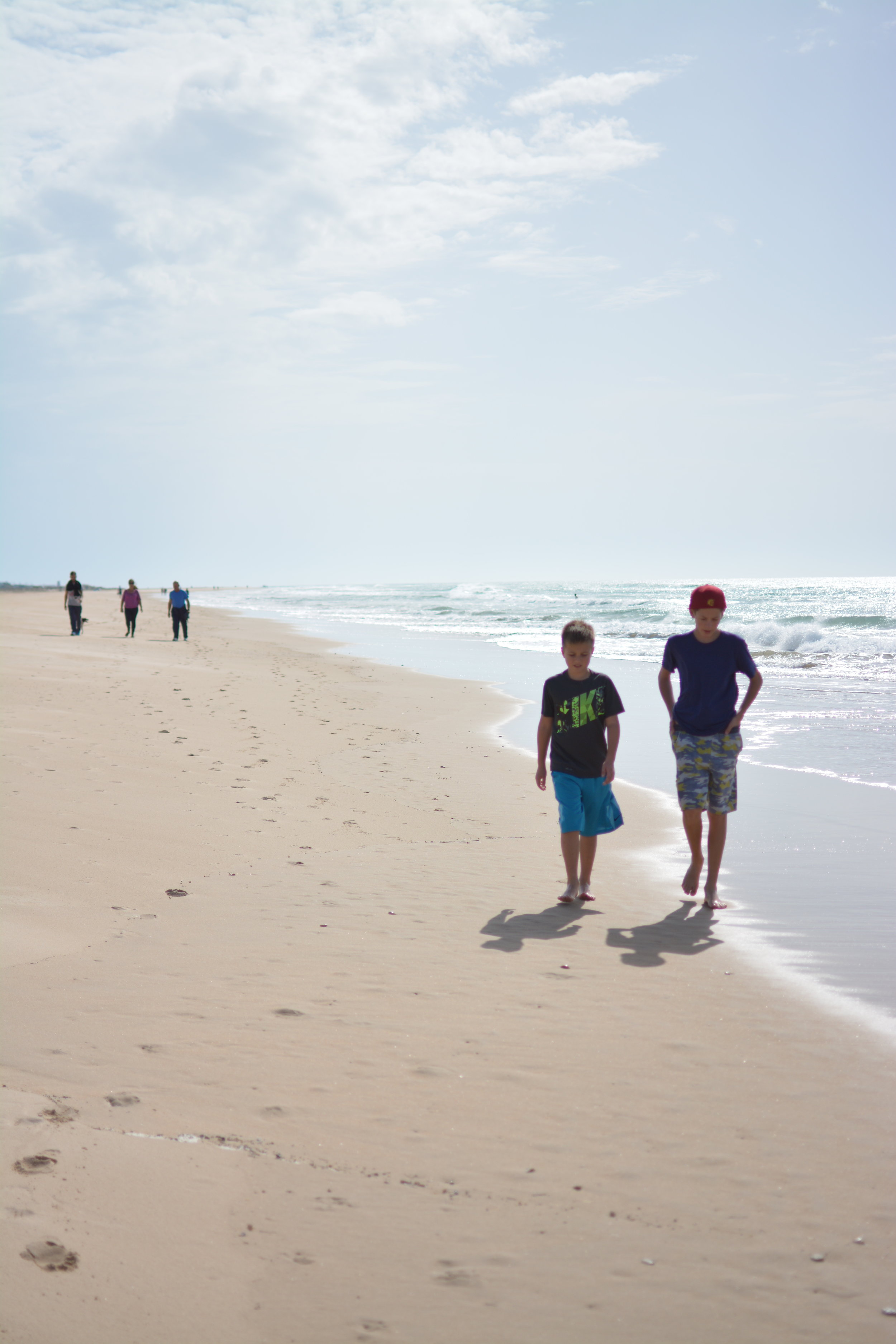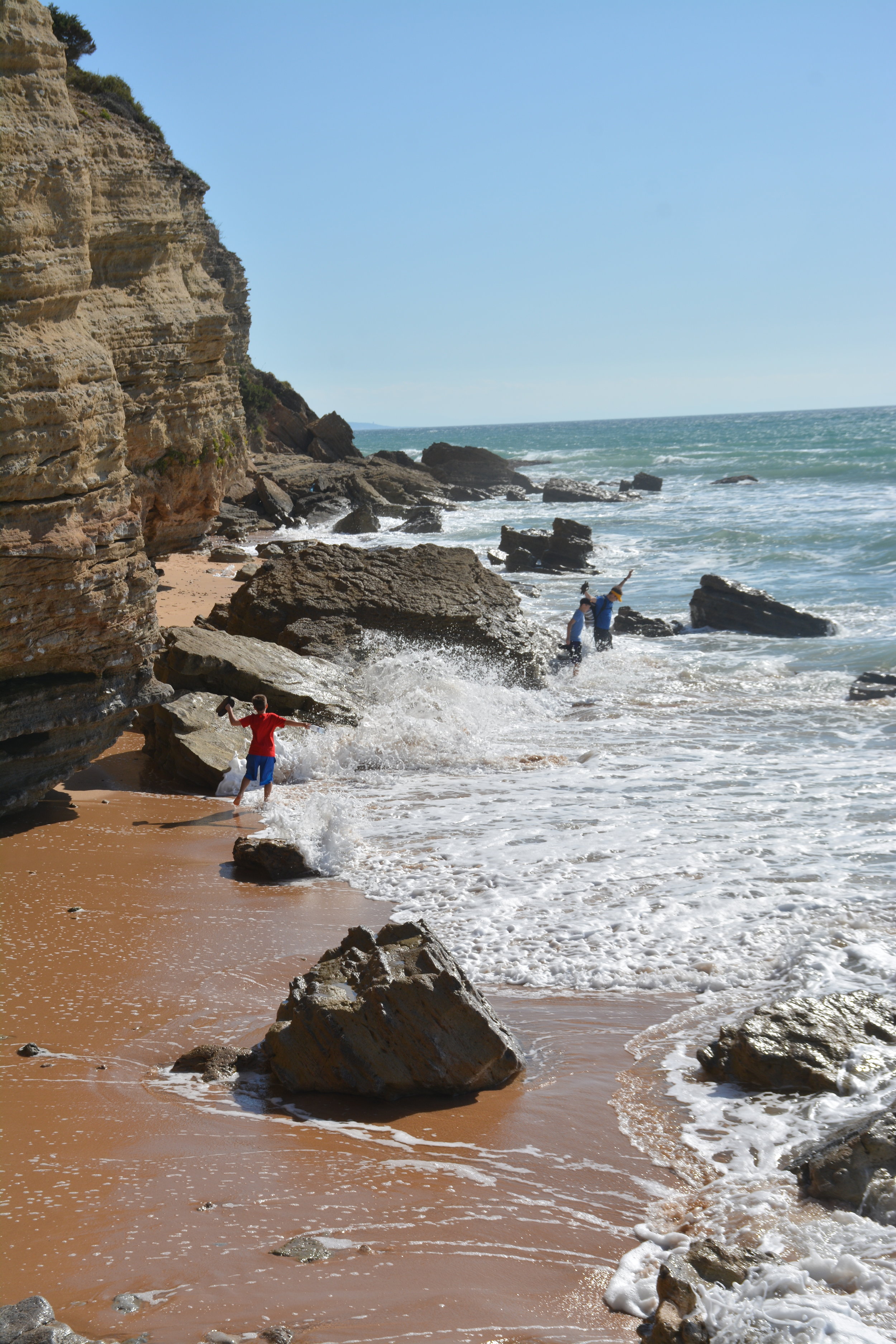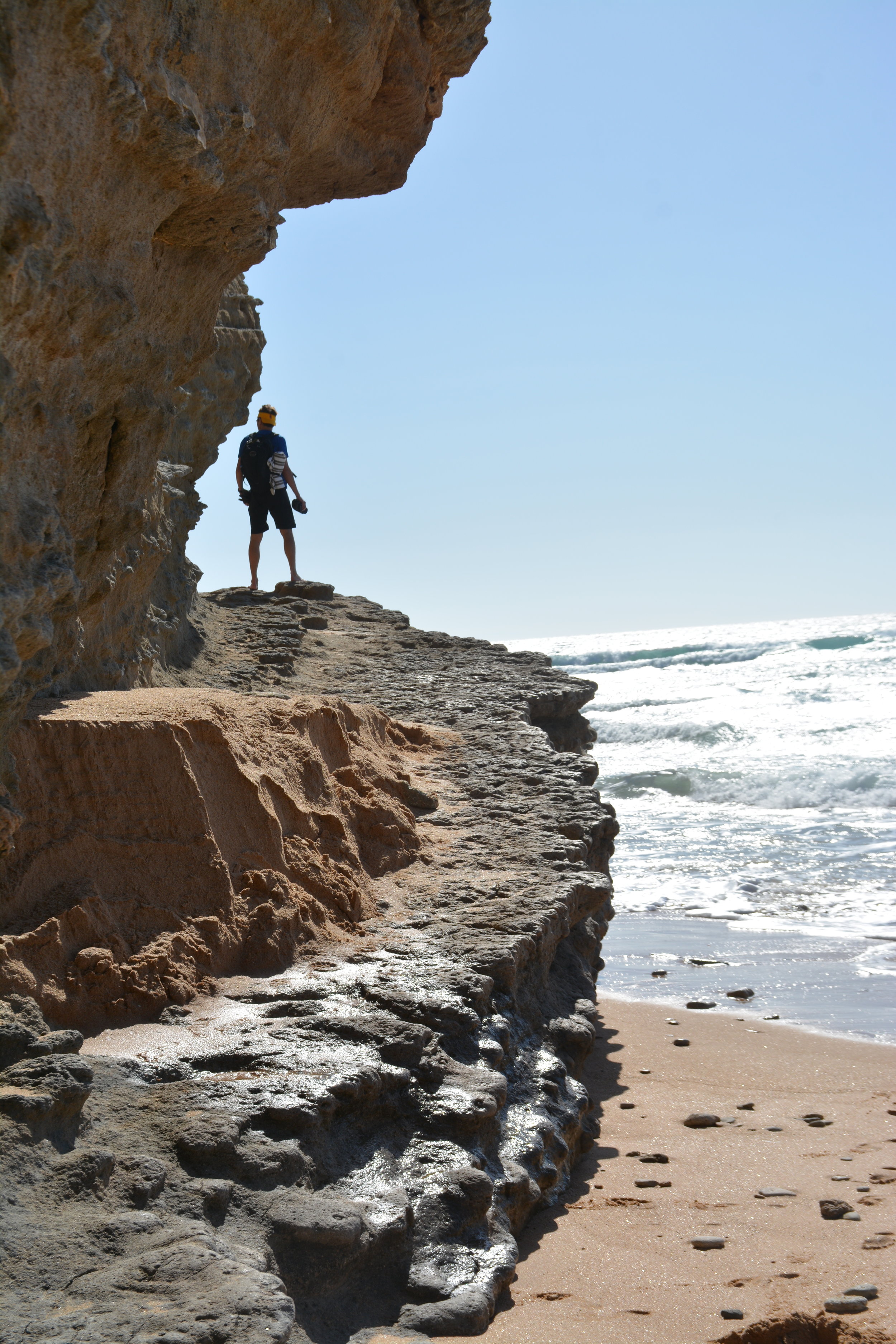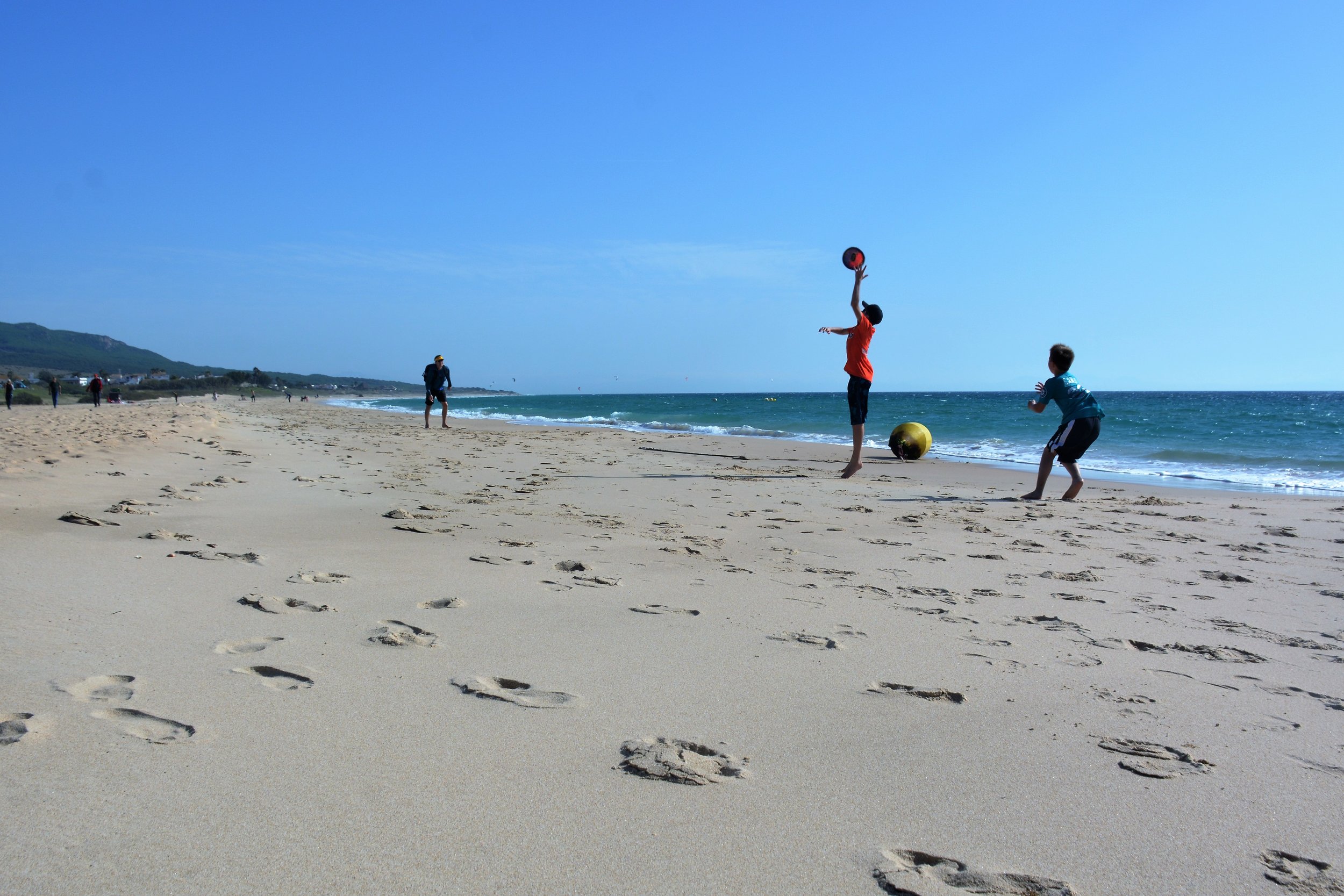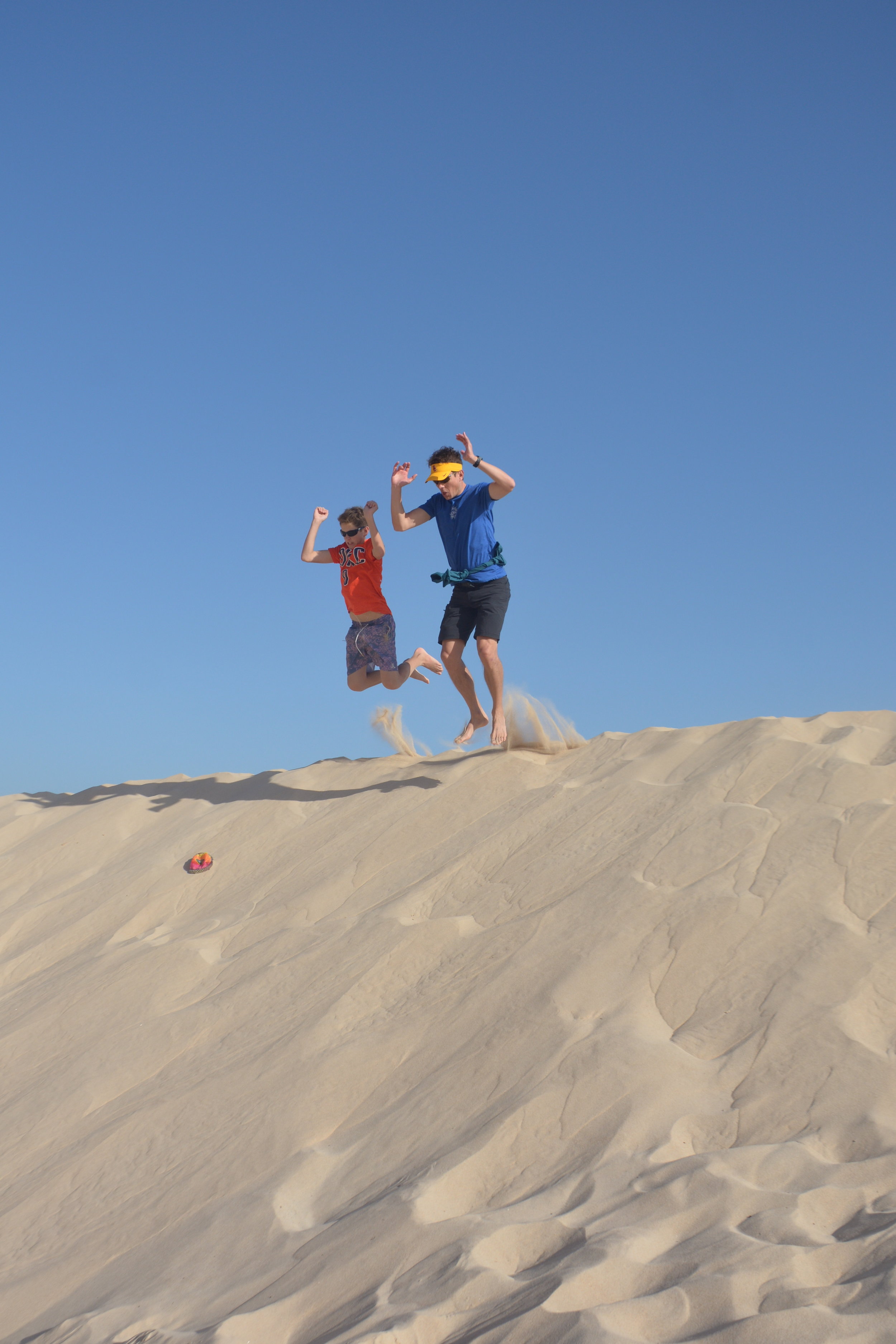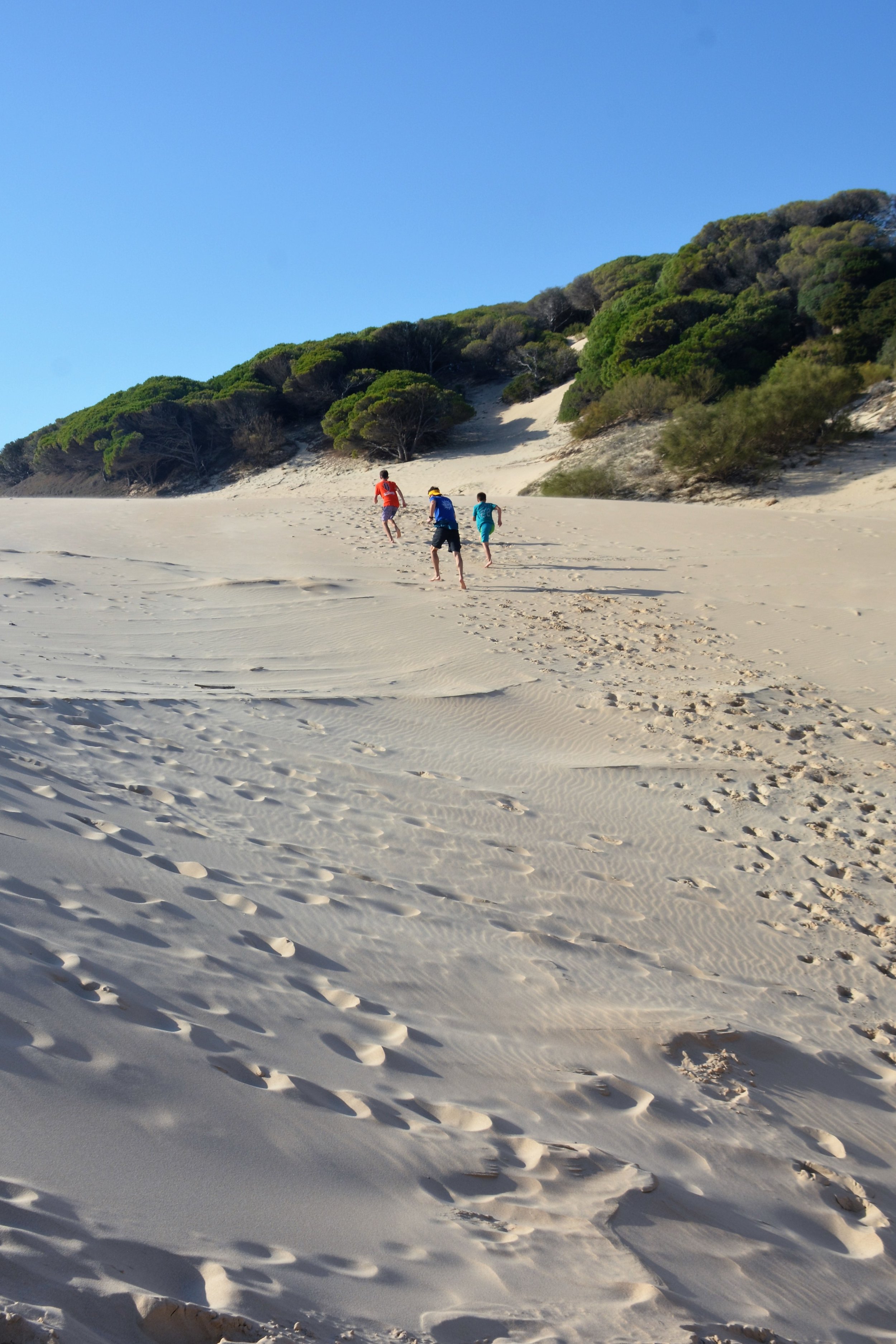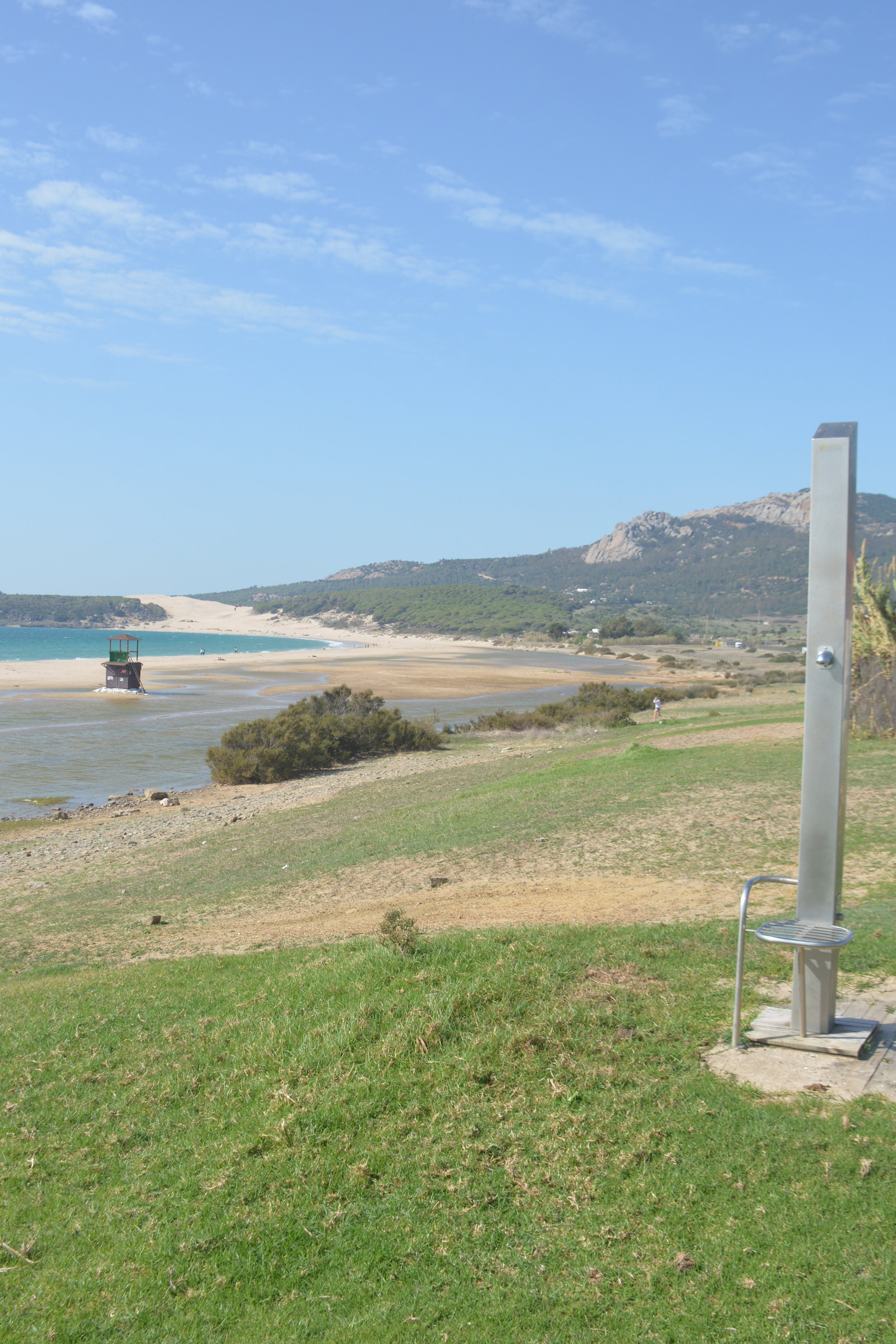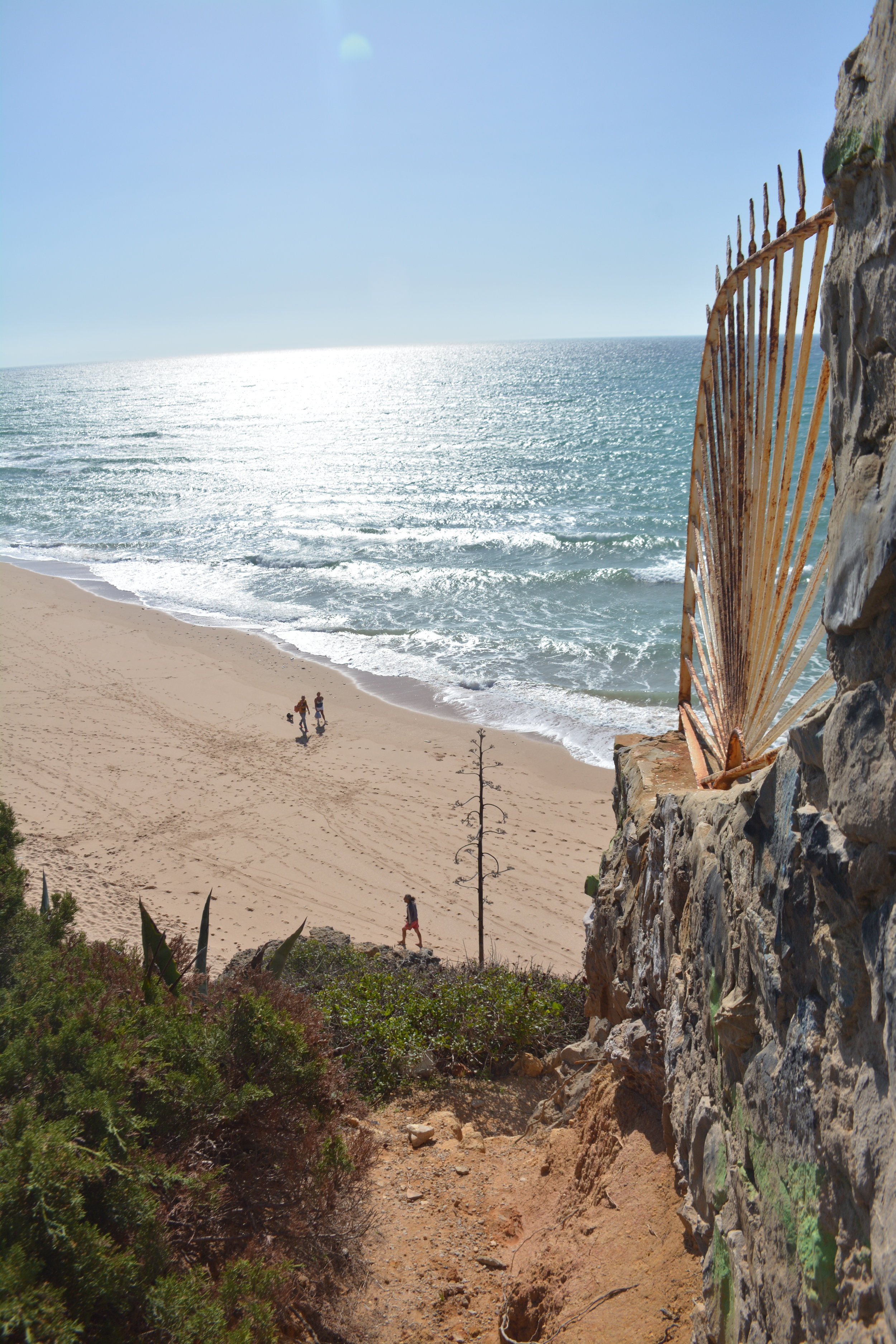One of my memories about heading out the door for school was my Mom reminding us that she had spies watching us. She was someone who knew the neighbors. Mostly their job was to report if we took our hats and coats off before getting on the bus. For a few years, until big hair and jean jackets made hats and parkas untenable, "Operation Stay Warm" worked.
Today was my boys first day back to school. While I don't know enough neighbors to create a spy network, I may have found something even better ...
Last week our 10 year old son shared something about his life that he hadn't told anyone in detail before. He told his 14 year old brother first, who in a fine display of teenage grace, thought it was really cool.
That something was that our 10 years old has been in a movie for as long as he can remember. We've heard him mention his movie a couple of times over the years but we didn't know how active the movie was playing out in his daily imagination. He says the movie started when he was born but he only became aware of it when he was about 6 years old.
The movie is about his life. He is the main actor but he doesn't have to perform because the movie is about the real him and his real life. There are about 15 people who watch his movie, seeing everything he sees through his eyes. The 15 people were born when he was born and will die when he dies and because they aren't in this world, they have time to just sit and watch his movie. They don't talk into the screen at him but they do sit on a couch and eat popcorn. (A few of them are also apparently overweight.)
He says he doesn't think about his movie every day, but when he does get down or bored he remembers that being in a movie is interesting. He says the 15 people don't mind when things are a little boring but he sometimes spices it up with auditory "tutorials" like "how to properly shampoo your hair" when he's in the shower or "how to fall asleep" when he's going to bed. Some tutorials, like "how to sit still in the hairdressers chair and make it easier for them to cut your hair" are thankfully conducted without audio. (We now understand the regular chit chat coming from the shower.)
You might think that a kid that feels like his life is a movie would be either self-absorbed or with his head in the clouds, but Lawton is neither. He is both empathetic and keenly observant of his surroundings. Perhaps because the movie is about his real life not a superhero life, the movie allows him to keep his feet firmly planted in the here and now. He seems to see the scenery, characters and lighting of life in way more color than many of us do. Interestingly, he says he can't rewind or fast forward his movie. (As as regular in his movie, I would have liked to cut a few scenes I didn't know were being filmed ...)
But the most fascinating part is when he explained how being in a movie affects his life. He said that knowing people are watching makes him want to work harder and not cut corners. (This is so much better than spies!) And that even though the people watching his movie have seen him make mistakes and have meltdowns, they still keep watching because they are with him for life. Also the audience will always be the same 15 people, even if his life gets way more interesting. It's like having an angel on one shoulder, a devil on the other shoulder and a small brigade as a cape.
Many of us believe in a visible and invisible world but few of us know how to articulate it. In the unique way only a child can, Lawton has painted a picture of what that duality might look like. A world where you are the Director and Actor of your own movie but there is a committed audience to your every move and their role is to help you bring out your best self.
Lights, camera, action ...


